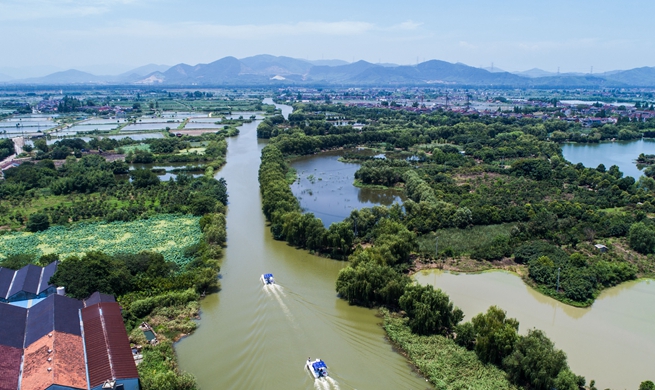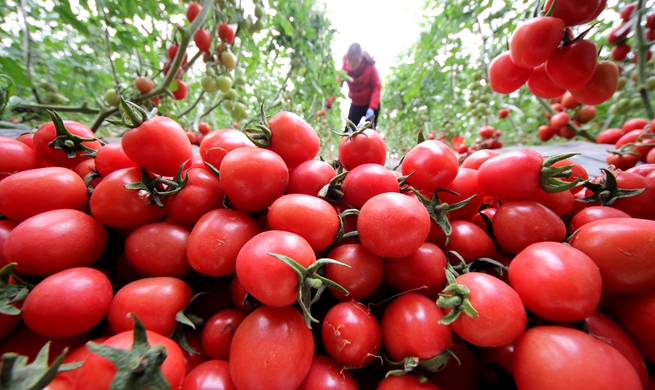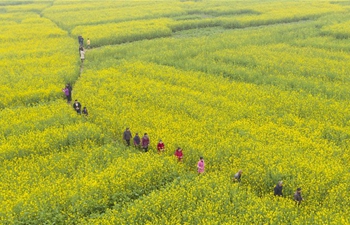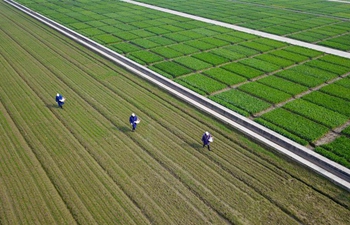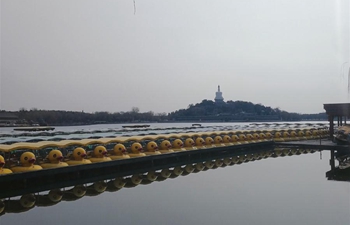SYDNEY, March 1 (Xinhua) -- Scientists in Australia on Friday detailed a high-tech new research method being used to manage koala populations in the State of Queensland.
According to Dr Grant Hamilton from the Queensland University of Technology's School of Earth, Environmental and Biological Sciences, his team has been utilizing aerial drones equipped with heat detection capabilities to locate koalas from the sky.
"We cover in a couple of hours what it would take a human all day to do," Hamilton said.
"On average, an expert koala spotter is going to get about 70 percent of koalas in a particular area."
"We, on average, get around 86 percent. That's a substantial increase in accuracy that we need to help protect threatened species."
As well as holding great potential to better manage vulnerable koala populations, the technology also offers researchers a more effective way to detect other threatened animals and invasive species.
While similar drones has been widely used to monitor other animal populations, this mostly occurs in wide open spaces and "fairly simple scenarios such as looking for seals on a beach or animals on the Savannah."
"Nobody else has really managed to get good results anywhere in the world in a habitat this complex and in these kinds of numbers," Hamilton said, adding "a seal on a beach is a very different thing to a koala in a tree."
In order to locate the heat signature of an individual creature through the thick canopy coverage of the eucalyptus trees, researchers use a highly specialized koala-seeking algorithm.
To correlate their findings, teams can then cross examine the data with additional ground surveys.
"Thinking about any one of these approaches as a silver bullet tends to make people complacent - they think the problem has been solved. However koalas are facing extinction in large areas, and so are many other species and there is no silver bullet," Hamilton said.
"What we do know now is that this is a really powerful tool within the tool box."
Hamilton and his team of researchers are now looking to expand their koala research from the Petrie region to other areas around Brisbane, southeast Queensland and northern New South Wales State.






